The International Day of the African Child is celebrated all over the world on 16 June. On this day in 1976, thousands of schoolchildren took to the streets of Soweto, South Africa. In a march more than half a mile long, they protested the inferior quality of their education and demanded their right to be taught in their own language. Hundreds of young boys and girls were shot down by security forces. In the two weeks of protest that followed, more than a hundred people were killed and more than a thousand were injured.
To honour the memory of those killed and the courage of all those who marched, the Day of the African Child has been celebrated on 16 June every year since 1991. The Day also draws attention to the lives of African children today. This year, the Day focuses on the plight of the estimated 30 million street children across the continent under the theme of “All Together for Urgent Actions in Favour of Street Children”.
On the streets, the children are often exposed to various dangers, including harsh physical, psychological and emotional torture. They are battered by weather conditions, hardship, destitution, diseases, accidents and apathy. They also face insecurity, acts of violence and sexual abuse. Young girls are solicited for sex from a tender age and often end up in prostitution. Lastly, most street children have taken to theft, use drugs and are exposed to HIV/AIDS. Their daily lives are in contradiction to childhood as defined in the African Charter on the Rights and Welfare of the Child, the UN Convention on the Rights of the Child and the protection guaranteed under ILO Conventions No. 138 on Minimum Age of Employment and No. 182 on Worst Forms of Child Labour. In some cases, it is those who are charged with protecting children who commit crimes against them.
According to ILO, 38.7 million children ages 5 to 17 in the region are in worst forms of child labour (hazardous work). Of particular concern are child trafficking, the use of children in armed conflict, small-scale mining, hazardous work in agriculture, industry and services, informal economy, commercial sexual exploitation and domestic labour. Children trapped in bondage and slavery are also reported in some areas. Sub-Saharan Africa has the highest rate of child labour in the world, with the highest percentage of children in hazardous occupations, including street children.
Global March Chairperson Kailash Satyarthi supporting the efforts made by African partners said: “Sub-Saharan Africa has the largest rate of out-of-school children, with more than 10 million dropping out of school each year. The region is also affected by armed and civil conflicts, hindering progress in education and child protection. In these difficult circumstances, our partners in Africa, from Sierra Leone to Ethiopia, from Morocco to South Africa, have been leading the fight against exploitation, for education and child rights. For example, in South Africa, Global March partners are supporting schools and facilities for street children and child labourers. We salute their efforts in these vital endeavours and on this special International Day of the African Child.”
